Attracting Pollinators
Attracting pollinators is crucial for the reproduction of many plants. Pollinators such as bees, butterflies, birds, and bats play a significant role in the process of pollination, which is essential for the production of fruits, seeds, and new plants. To attract pollinators, plants have developed various strategies including the production of nectar, bright and colorful flowers, and enticing scents.
Ways to Attract Pollinators
- Colorful Flowers: Many pollinators are attracted to bright and vibrant colors. Flowers with shades of red, orange, pink, and purple are particularly attractive to bees, butterflies, and hummingbirds.
- Nectar: Plants produce sweet nectar to entice pollinators. Nectar serves as a reward for the pollinators and encourages them to visit flowers for feeding, inadvertently transferring pollen from one flower to another.
- Fragrance: Some plants emit pleasant fragrances to attract pollinators. The scent can travel long distances and help in the identification of a food source for pollinators.
- Shape of Flowers: Certain flowers have specific shapes that are tailored to particular pollinators. For instance, tubular flowers are well-suited for hummingbirds, while broad, open flowers attract butterflies.
- Shelter and Nesting Sites: Providing a habitat for pollinators can also help attract them to your garden. Some pollinators, such as bees, require nesting sites and shelter to establish colonies.
Study Guide
Here are some key points to remember when studying the topic of attracting pollinators:
- Define pollination and explain its importance in plant reproduction.
- Identify different types of pollinators and their role in the pollination process.
- Describe the various strategies that plants use to attract pollinators, including the production of nectar, colorful flowers, and fragrances.
- Explain the relationship between specific flower shapes and the types of pollinators they attract.
- Discuss the significance of providing nesting sites and shelter for pollinators in attracting them to a garden or habitat.
Understanding the methods for attracting pollinators is essential for promoting biodiversity and maintaining healthy ecosystems. It also contributes to the production of food and the overall health of plant populations.
.◂Science Worksheets and Study Guides Seventh Grade. Protists and Fungi
Study Guide Protists and Fungi
Protists and Fungi  Worksheet/Answer key
Worksheet/Answer key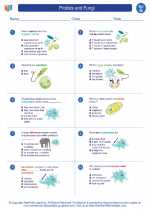 Protists and Fungi
Protists and Fungi  Worksheet/Answer key
Worksheet/Answer key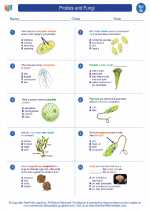 Protists and Fungi
Protists and Fungi  Worksheet/Answer key
Worksheet/Answer key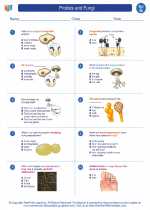 Protists and Fungi
Protists and Fungi  Worksheet/Answer key
Worksheet/Answer key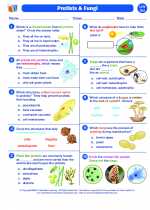 Protists and Fungi
Protists and Fungi  Vocabulary/Answer key
Vocabulary/Answer key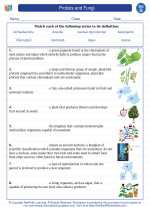 Protists and Fungi
Protists and Fungi  Vocabulary/Answer key
Vocabulary/Answer key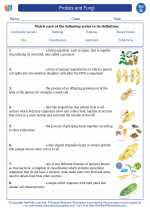 Protists and Fungi
Protists and Fungi  Vocabulary/Answer key
Vocabulary/Answer key Protists and Fungi
Protists and Fungi  Vocabulary/Answer key
Vocabulary/Answer key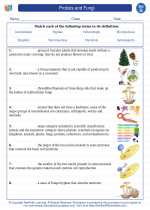 Protists and Fungi
Protists and Fungi  Vocabulary/Answer key
Vocabulary/Answer key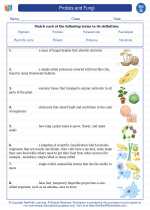 Protists and Fungi
Protists and Fungi  Vocabulary/Answer key
Vocabulary/Answer key Protists and Fungi
Protists and Fungi 

 Worksheet/Answer key
Worksheet/Answer key
 Worksheet/Answer key
Worksheet/Answer key
 Worksheet/Answer key
Worksheet/Answer key
 Worksheet/Answer key
Worksheet/Answer key
 Vocabulary/Answer key
Vocabulary/Answer key
 Vocabulary/Answer key
Vocabulary/Answer key
 Vocabulary/Answer key
Vocabulary/Answer key
 Vocabulary/Answer key
Vocabulary/Answer key
 Vocabulary/Answer key
Vocabulary/Answer key
 Vocabulary/Answer key
Vocabulary/Answer key

The resources above cover the following skills:
LIFE SCIENCE
Ecosystems: Interactions, Energy, and Dynamics
Construct an explanation to predict patterns of interactions in different ecosystems in terms of the relationships between and among organisms (e.g., competition, predation, mutualism, commensalism, parasitism).